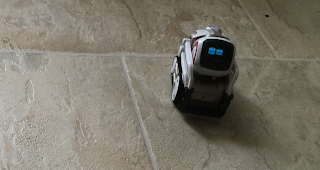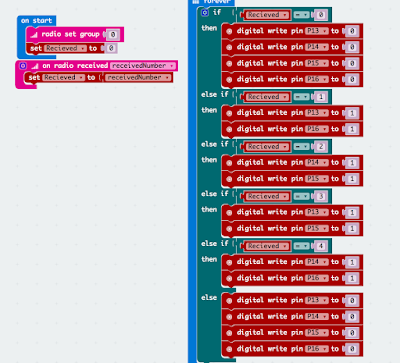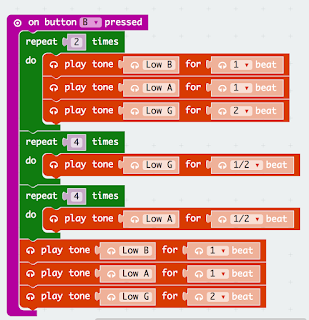An example of the code is shown below, getting Cozmo to:
- Start moving around
- Wait until it see a face
- Says Hi Everybody
- Moves forward
- Sounds like a cat
- Looks down and then raises it's forks
- Acts 'grumpy'
- Acts 'happy'
The video at the end shows this in action.
It is an easy to use tool and with a lot of the Cozmo actions available in the blocks, put a few blocks together and very quickly you have Cozmo doing some interesting and often funny actions. Is it very flexible, no; but it is not meant to be - it is meant to be easy to use and it is and great fun. Personally, I felt the app needed this addition, it adds the element to take this toy further into a coding toy (yes another one) that it feels, to me, it should be.
Related posts
Cozmo-Wall-E has a rival
Cozmo is coming to the UK
Android app
iPad app
All opinions in this blog are the Author's and should not in any way be seen as reflecting the views of any organisation the Author has any association with. Twitter @scottturneruon











